The fifth generation of fast jets are only now coming into service. With their hallmarks of stealth, connectibility and adaptability, they stand to be among the most advanced weapons on a modern battlefield. But I’ve already looked at the fifth generation in my previous post. In this one, I intend ot look at the generation beyond that.
It may be surprising, but sixth generation aircraft do, at this stage, exist (albeit in the conceptual form). They are due to come into service from around 2025-2035. If the fifth generation is to the fourth gen what a supercar is to a hatchback, then what will the sixth generation of military fighter jets bring to the battlefield? Let’s try to find some examples of sixth generation fighter jet concepts and find out.
BAE Systems Tempest
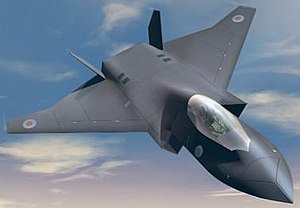
A few defence firms (mainly those that are UK-based, but a couple of others as well) will come together to collaborate on this project, and it goes without saying that information on the jet is scarce, if not non-existent.
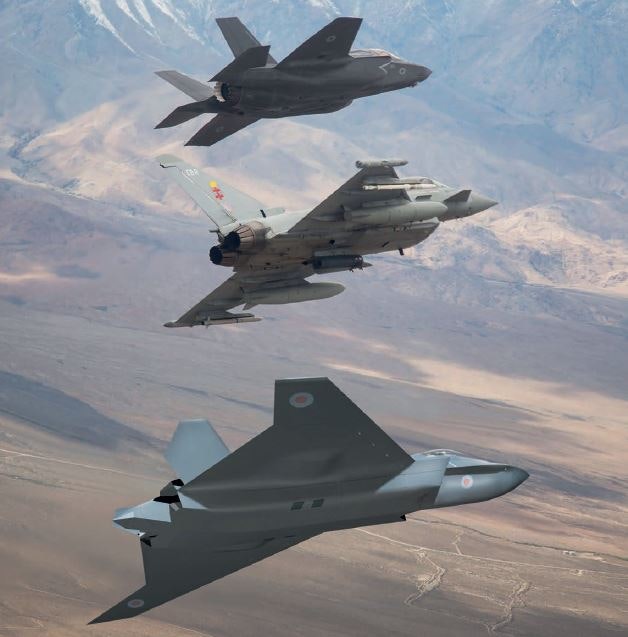
I have managed to glean a few facts about this future concept, however. The jet will be capable of flying unmanned (unmanned flight appears to be a key characteristic of the sixth generation, much like stealth for the fifth). It will use swarming technology to control drones.
Swarming technology? What, like a swarm of bees, you ask? Like something out of a video game? Like this?
I’m afraid it will be nothing like that. At least, I don’t think so. That would be pretty scary. Based on the below image (from the UK defence journal), I would say that by swarm it rather means that there will be a handful – say four or five – of drones operating in tandem. Not tens or hundreds of tiny ones buzzing around like insects.

‘The UK Armed Forces are actively seeking robotic solutions to provide a ‘Force-Multiplier’ effect whereby a greater military capability is delivered by fewer people and equipment. The swarm system is one possible solution to this multiple domain requirement as it will cover larger areas of battlespace more quickly at lower cost and reduced man hours. It also removes the operator from potentially harmful situations.’ – DASA news release
In addition to drone swarm tech and unmanned flight capability, the tempest will boast other goodies such as an augmented reality cockpit (viewed through the pilot’s helmet), AI deep learning, and perhaps most fascinating of all, directed energy weapons.
Let’s tackle the energy weapons first. Does this mean laser weapons? Plasma guns? This is the Wikipedia definition:
‘A directed-energy weapon (DEW) is a ranged weapon that damages its target with highly focused energy, including laser, microwaves and particle beam’.
These weapons are at the experimental stage, meaning it could really go anywhere. It may well be laser and plasma, but given that one of the benefits of DEWs is discretion (there would be no sound), having a big light may negate this. At this stage, the USA, Russia, China, India and the UK are currently developing DEWs.
“Directed energy is basically throwing electro-optical physics at the target. It’s a whole new world and getting in on the ground floor is about as exciting as it gets for an engineer.” – Joe Sullivan, laser pod systems engineer at Lockheed Martin
Either way, the prospect of science fiction becoming reality (even in the smallest degree) is one that I am sure will sound great to many people. If or when it becomes reality, it will likely revolutionise warfare. I suppose we can only be thankful that there is not, nor will there likely ever will be, a large-scale world war (IE two or more of the top 10 countries in the world going to war with each other) in the modern age. With such advanced and devastating weapons available, I doubt there would be much left after such a thing – and that’s before the nukes would even start flying.
Then again, the precise deadly force that can be applied to a target (particularly by current weapons like the Paveway and Brimstone missiles) may well mean the opposite – a major war between two countries would not be too different from reality we know now.
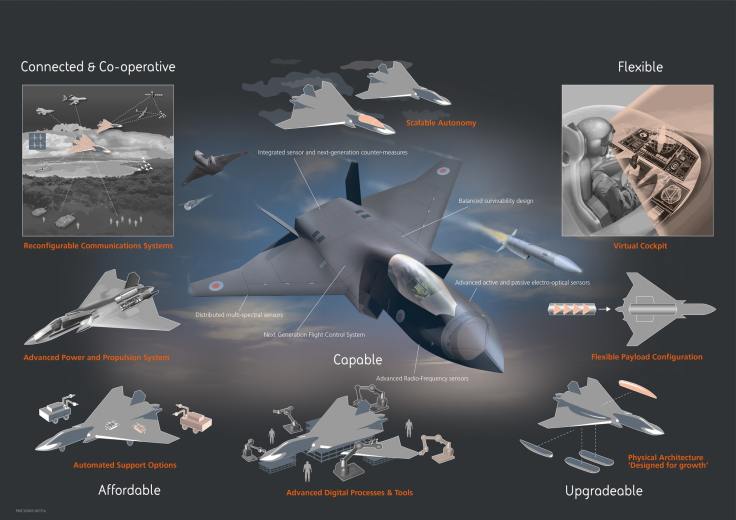
New Generation Fighter (NGF)
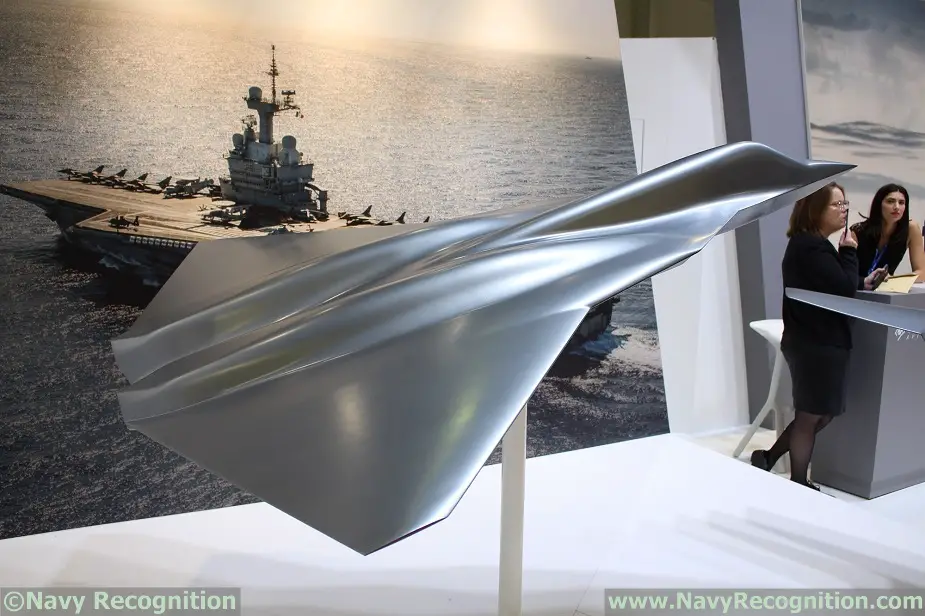
After skipping development of a fifth generation aircraft, France has since teamed up with Germany and Spain to create collaboratively the New Generation Fighter in order to replace Germany’s Typhoons, France’s Rafales and Spain’s F-18s. In 2018’s Euronaval exhibition, France showcased a model of how the aircraft would look.
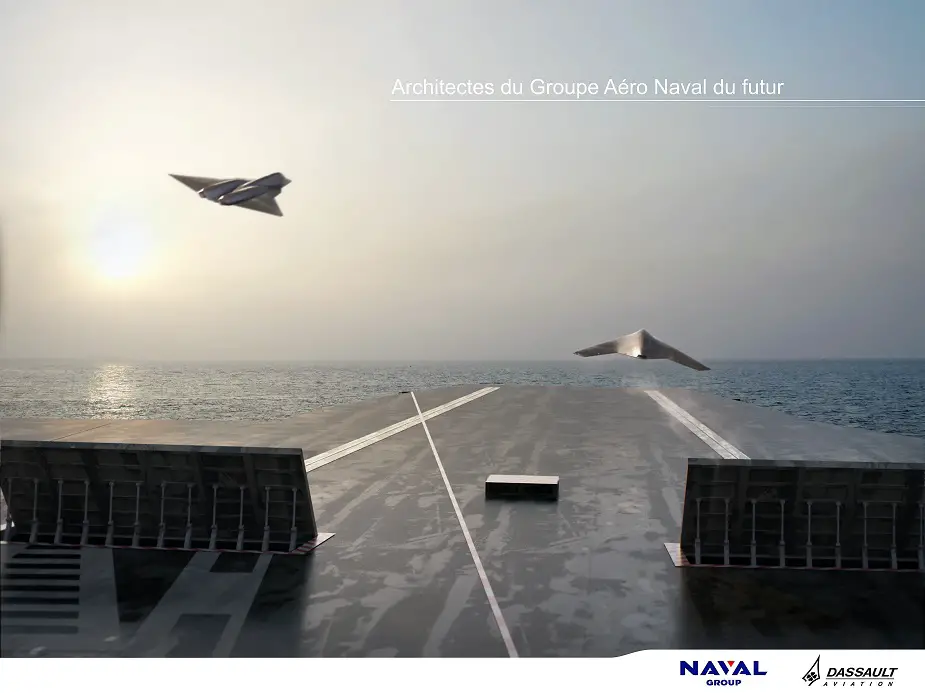
Similarly to the RAF’s tempest, the NGF features a distinct semidelta design – it seems this feature is also a standard of sixth-gen jets. – the presence of the UCAS drone on the right of the image above indicates that similarly to the Tempest, NGF will also have drone swarm controls (and likely capability for unmanned flight).
“It has no vertical stabilizers or canards. Without vertical surfaces to reflect radar laterally, side aspect radar cross-section will be reduced as well.” – Wikipedia
Beyond that, there is not much more information. One can feasibly expect similar performance to the Tempest – albeit with an emphasis on being carrier-ready. Coincidentally, it has been reported recently that France is looking to either replace or upgrade its Charles de Gaulle carrier for use with these future jets.
F/A-XX

As the leader of NATO, it’s no surprise that the USA is developing its own sixth generation fighter for service from the late 2020s, with the purpose of replacing the F-18 in service with the US Navy, and to complement the F-35 and F-22 currently in service.
The jet is expected to come with varying degrees of unmanned capability, along with ‘open architecture’ – meaning the jet can be configured to suit more closely the role it will undertake on a specific mission. According to a few sources, the F-XX will not rely so much upon stealth as the previous generation, instead utilising high-cost, high-efficiency weaponry (I would assume DEWs). This would make sense, as the F-35 is already a dedicated stealth jet going into the US service as I type this post.

MIG-41
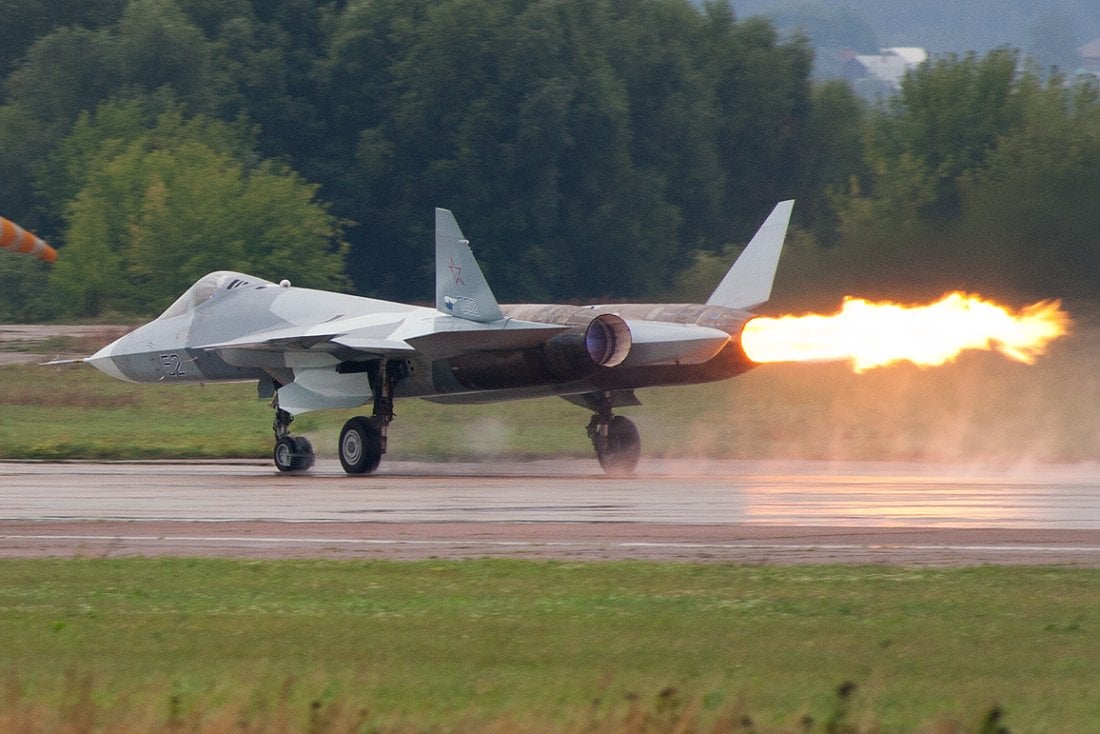
Based on (and designed to replace) the MIG-31, the Russian MIG-41 will likely incorporate many (if not all) of the aspects of sixth-generation jets. Unmanned flight, drone swarm control, virtual cockpit, and DEW offensive systems. The MIG-41 is probably the most uncertain of the sixth-gen jets I have referenced in the post – and the question still remains as to whether it will even be adopted by the Russian Airforce. All that’s certain is this: Russia is working on a jet to replace the MIG-31, likely at a point around the 2030s.
Mitisbushi F-3
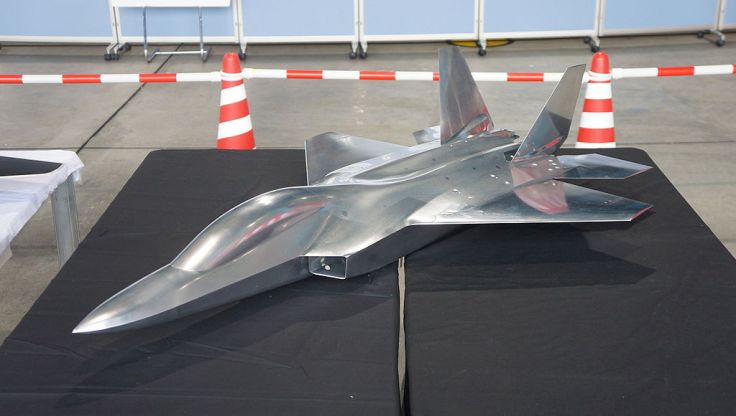
Referred to as a fifth/sixth-generation aircraft, Japan’s Mitsubishi F-3 is expected to replace the country’s older F-1 in the mid 2030s, with some talks of export potential. This aircraft will represent a shift in Japanese defensive posture, with the country starting to look beyond the mannerisms that characterised the JDF in the previous years. Standard features of the fifth-generation include an internal weapons bay, advanced stealth technology, and AESA radar. The jet will also supposedly have enough tech to warrant its position as a sixth-gen fighter – hence the cross-between.
Anyway, that’s about all of the sixth-generation fighters I can find reference to. If you think there are any noteworthy aircraft I missed, or indeed any features you think I’ve overlooked, don’t hesitate to let me know. Contact me here or elsewhere. Hope you enjoyed the post, and thanks for reading. I’ve gathered a few links that helped me write it below in no particular order.
LCR
https://defence-blog.com/news/france-unveils-model-of-the-new-generation-fighter.html
https://news.usni.org/2015/02/04/cno-greenert-navys-next-fighter-might-not-need-stealth-high-speed
https://www.airforce-technology.com/features/featuresixth-generation-fighters-boeing-lockheed/
https://ukdefencejournal.org.uk/uk-defence-firms-come-together-to-collaborate-on-tempest/
https://ukdefencejournal.org.uk/2-5m-funding-injection-for-drone-swarms/
https://en.wikipedia.org/wiki/Directed-energy_weapon
https://en.wikipedia.org/wiki/Sixth-generation_jet_fighter
https://www.lockheedmartin.com/en-us/capabilities/directed-energy.html
